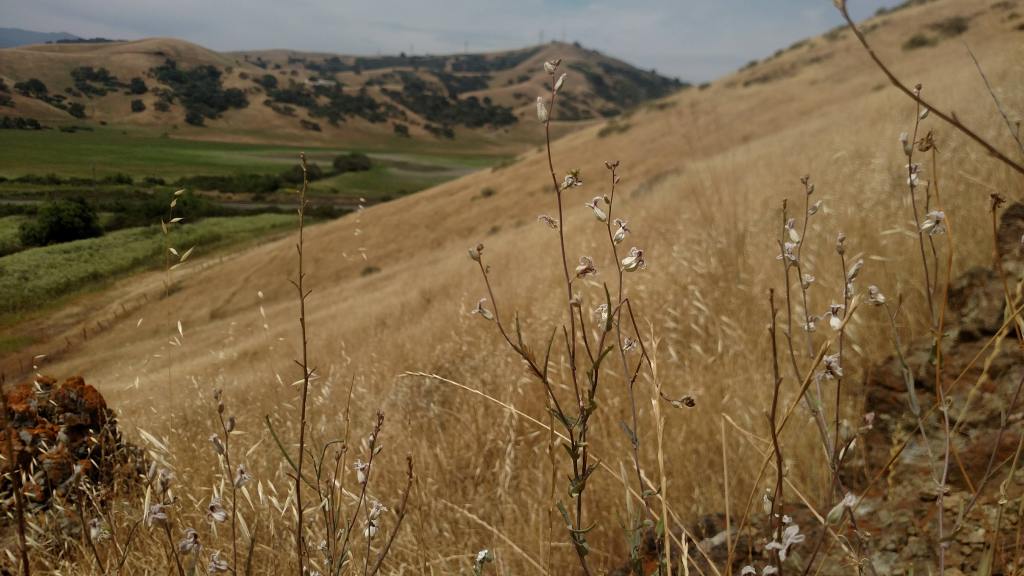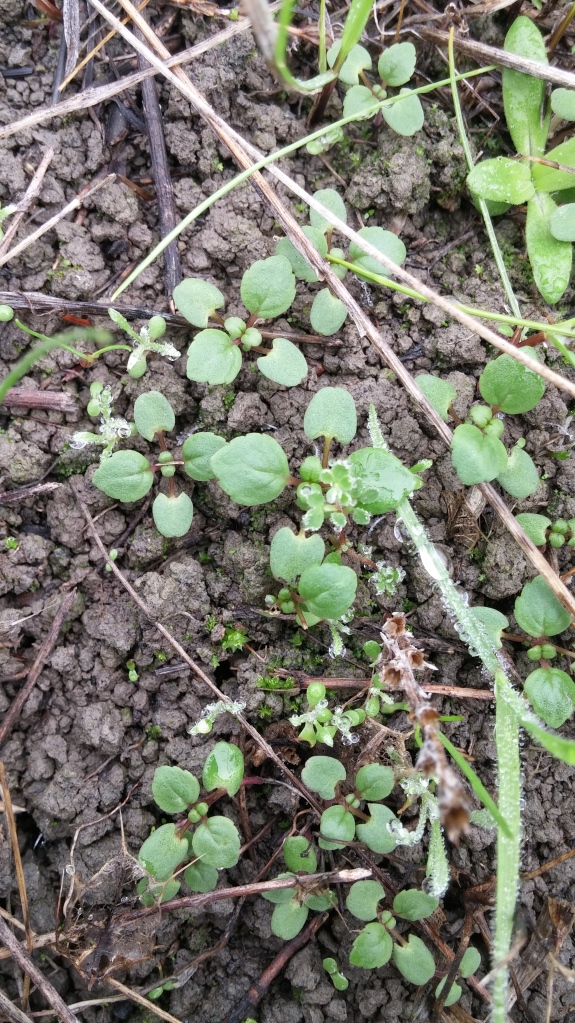Rare Plant Management
Rare Plants
Creekside Science is a leader in rare plant management. We have been leaders in recovery actions for multiple taxa, including San Mateo thornmint (Acanthomintha duttonii), Metcalf Canyon jewelflower (Streptanthus albidus ssp. albidus), Presidio clarkia (Clarkia franciscana), Crystal Springs fountain thistle (Cirsium fontinale var. fontinale), Tiburon paintbrush (Castilleja affinis var. neglecta), and more. Our services include surveys and mapping, demographic monitoring, threat assessment, management planning, stewardship activities, propagation, and introductions.
San Mateo thornmint
San Mateo thornmint (Acanthomintha duttonii) is a federal- and state-endangered annual mint. Historically it is known only from serpentine grassland vertisols in San Mateo County, and declined to only one small location at Edgewood Preserve. This population dropped to only 249 individuals in 2008. Creekside Science began an enhancement project focusing on seed propagation and weed management. After establishing successful treatments, we sought additional seeding sites, analyzing soil composition, soil moisture, and vegetative associates. By 2022, we hit a project high of ~51,000 plants at six locations. All of the new sites are performing better than the original site. We firmly believe the new introductions are critical to preventing extinction of this taxon. We have produced more than 900,000 seeds at the Creekside Science Conservation Nursery. We continue to work toward downlisting this plant with our multiple partners: USFWS, CDFW, Friends of Edgewood, San Mateo County Parks, San Mateo County Park Foundation, SFPUC, CNPS, and Yerba Bioadvocacy.
Metcalf Canyon jewelflower
Metcalf Canyon jewelflower (Streptanthus albidus ssp. albidus) is a federally-endangered member of the mustard family known only from serpentine grasslands in Santa Clara County. Partnering with Dr. Justen Whittall of Santa Clara University (SCU), we successfully introduced this taxon to an extirpated site in south San Jose. We identified the four most likely sites for Metcalf Canyon jewelflower survival based on HOBO remote climate monitors and comparisons with reference sites. Plants were started in pots at the SCU greenhouse and matured outside to allow pollinator access, and seeds were introduced to the site starting in 2014. After nine years, the plants are still extant as of 2023, and propagation has resumed at the Creekside Science Conservation Nursery with the goal of increasing numbers and distribution on the site. Creekside Science and Dr. Whittall continue to collaborate on this project, now seeking to understand the genetic basis of color differences between this taxon and the closely related most beautiful jewelflower.
Tiburon paintbrush
Tiburon paintbrush (Castilleja affinis ssp. neglecta) is known from Marin, Napa, and Santa Clara counties. The two Santa Clara County populations are disjunct from the others, and therefore USFWS deems their protection a high priority. We tested different seeding treatments in the field. Different propagation techniques, including alternate hosts, were also examined. We analyzed material from extant sites to determine genetic distinctness of populations, to inform enhancement and potential future introduction decisions. Seeding enhancement took place, and the most successful plots were in blocks that had high moisture, low December 21 insolation, and high Eriophyllum confertiflorum cover, which appears to be an important host. Irrigation and stratification were largely useful, although we found ongoing irrigation on the site to be infeasible. After conducting GIS analysis, we focused seeding areas with the lowest insolation, targeting those shady, moist sites with appropriate hosts. Our introduced seeds have yielded reproductive plants and new seedlings in previously unoccupied areas.











